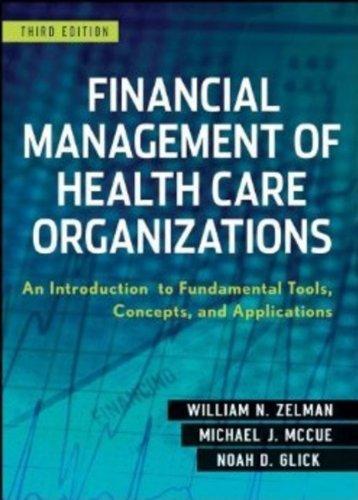


In many countries, government health workers periodically visit households with children under the age of three to provide services aimed at improving children's welfare. The Ministry of Education notices that when visiting children between the ages of 9 and 12 months, health workers in some districts actively encouraged parents to read to their children and provided a small box of children's books to the household (the reading package). In order to evaluate funding for an extension of this service, the government gathers data on children's scores on a standardized reading test given at age five, whether a child's health visitor provided the reading package, and various household characteristics. (a) The following table summarizes the results from two regressions on a sample of all children in the country. Precisely interpret the results. What concerns, if any, would you have about interpreting the estimates from either regression as the causal effect of the reading package on children's test scores? -6.0*** 0.4** (1) (2) Reading Reading Dependent variable: Test Score Test Score Reading package 2.1* (1.2) (1.2) Household Income (000) (0.2) Rural -3.4** (1.9) Constant (5.6) (4.9) N 10,898 10,898 R-squared 0.042 0.428 Note: Standard errors in parenthesis below the coefficient estimates. *** denotes significance at the 1%-level, ** significance at the 5%-level, and * significance at the 10%-level. Explanatory variables Reading package and Rural are binary (dummy) variables. 45.0*** 43.2*** (b) What other household characteristics would you want to include in the regressions and why? Suppose a nationwide book retailer gave free chil- dren's books to 1 in 10 randomly selected new parents in your sample, but you do not have data on which households received these books. How would this affect the parameter estimates in the regressions? Hint: would this cause omitted variable bias? Why or why not? (c) The Ministry of Education is considering conducting a randomized eval- uation to assess the benefits of the reading package. Concisely and carefully summarize the arguments for and against conducting a ran- domized evaluation in this context. (d) The government conducts a careful randomized control trial of 2500 households with new children. Among this, 1000 are randomly selected to receive the reading package while the other 1500 do not. Of the 1000 households assigned to receive the program, only 800 actually did. None of the control households were treated. Explain how you would calculate and interpret the intention-to-treat (ITT)? Is this the best measure to answer this policy question? In many countries, government health workers periodically visit households with children under the age of three to provide services aimed at improving children's welfare. The Ministry of Education notices that when visiting children between the ages of 9 and 12 months, health workers in some districts actively encouraged parents to read to their children and provided a small box of children's books to the household (the reading package). In order to evaluate funding for an extension of this service, the government gathers data on children's scores on a standardized reading test given at age five, whether a child's health visitor provided the reading package, and various household characteristics. (a) The following table summarizes the results from two regressions on a sample of all children in the country. Precisely interpret the results. What concerns, if any, would you have about interpreting the estimates from either regression as the causal effect of the reading package on children's test scores? -6.0*** 0.4** (1) (2) Reading Reading Dependent variable: Test Score Test Score Reading package 2.1* (1.2) (1.2) Household Income (000) (0.2) Rural -3.4** (1.9) Constant (5.6) (4.9) N 10,898 10,898 R-squared 0.042 0.428 Note: Standard errors in parenthesis below the coefficient estimates. *** denotes significance at the 1%-level, ** significance at the 5%-level, and * significance at the 10%-level. Explanatory variables Reading package and Rural are binary (dummy) variables. 45.0*** 43.2*** (b) What other household characteristics would you want to include in the regressions and why? Suppose a nationwide book retailer gave free chil- dren's books to 1 in 10 randomly selected new parents in your sample, but you do not have data on which households received these books. How would this affect the parameter estimates in the regressions? Hint: would this cause omitted variable bias? Why or why not? (c) The Ministry of Education is considering conducting a randomized eval- uation to assess the benefits of the reading package. Concisely and carefully summarize the arguments for and against conducting a ran- domized evaluation in this context. (d) The government conducts a careful randomized control trial of 2500 households with new children. Among this, 1000 are randomly selected to receive the reading package while the other 1500 do not. Of the 1000 households assigned to receive the program, only 800 actually did. None of the control households were treated. Explain how you would calculate and interpret the intention-to-treat (ITT)? Is this the best measure to answer this policy









